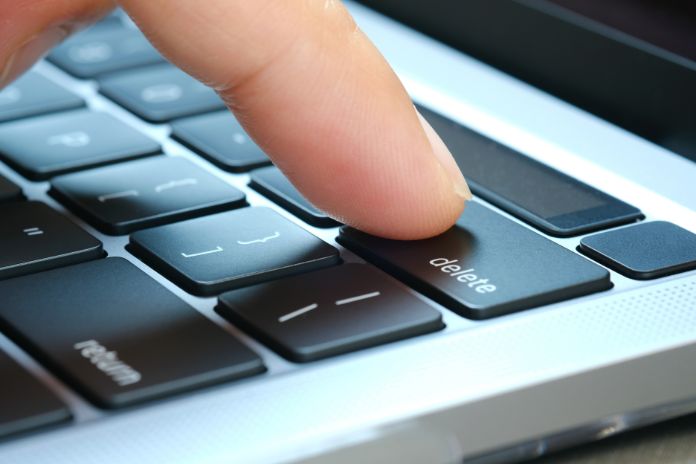Ever wondered why some people have two computer monitors at their desks? It turns out there are several good reasons to use a dual monitor setup for your workstation—even if you are working from home.
Twice the Width for Less Than Half the Price
Having two monitors expands the area of your computer desktop, allowing you to view two related documents or tasks in a glance instead of having to click back and forth between tabs and windows to get at them. A single, very large monitor can be very expensive, but two smaller monitors can provide the same area and resolution for far less.
Video on One Screen, Documents on the Other
Working from home—or “WFH,” in the new parlance—becomes easier if you can access the shared drive to retrieve notes, documents, and spreadsheets for reference while participating in a video conference on the other screen. Having all the information and programs you need cued up on your second screen reduces that annoying wait time while a meeting participant clicks all over their desktop looking for the numbers in the spreadsheet or the information in the email someone sent in the middle of the meeting.
Social Media and Collaboration Apps Have Their Own Space
Constant notifications that another email has arrived or that there is a new post in your work chat app can get very distracting. With two monitors, you can drag and drop social media accounts you must monitor to a second screen, out of the way of the report you are writing or the spreadsheet you are preparing. You can check what just came in with a glance instead of taking up real estate on top of your document in a constant maximize-minimize dance.
Check If Your System Supports a Dual Monitor Set-up
Your computer’s graphics card and ports must accommodate a dual monitor setup to gain the benefit of greater desktop acreage. Check to see if a dual-screen configuration is one of the options for your display settings. Check the types of video ports available on your computer. There could be HDMI (high-definition multimedia interface), DP (display port), or mini-display port cable connections available. Understanding the difference between HDMI and DP cables will help you select the right connectors for your dual monitor setup. DP cables can work in a daisy-chain configuration connecting two monitors from one port.
Dual monitors allow you access to more information simultaneously and reduce the need to click around between tabs and windows to get your work done. If two monitors fit in your workspace, you’ll discover that the boost in productivity is a major reason to try a dual monitor setup.







